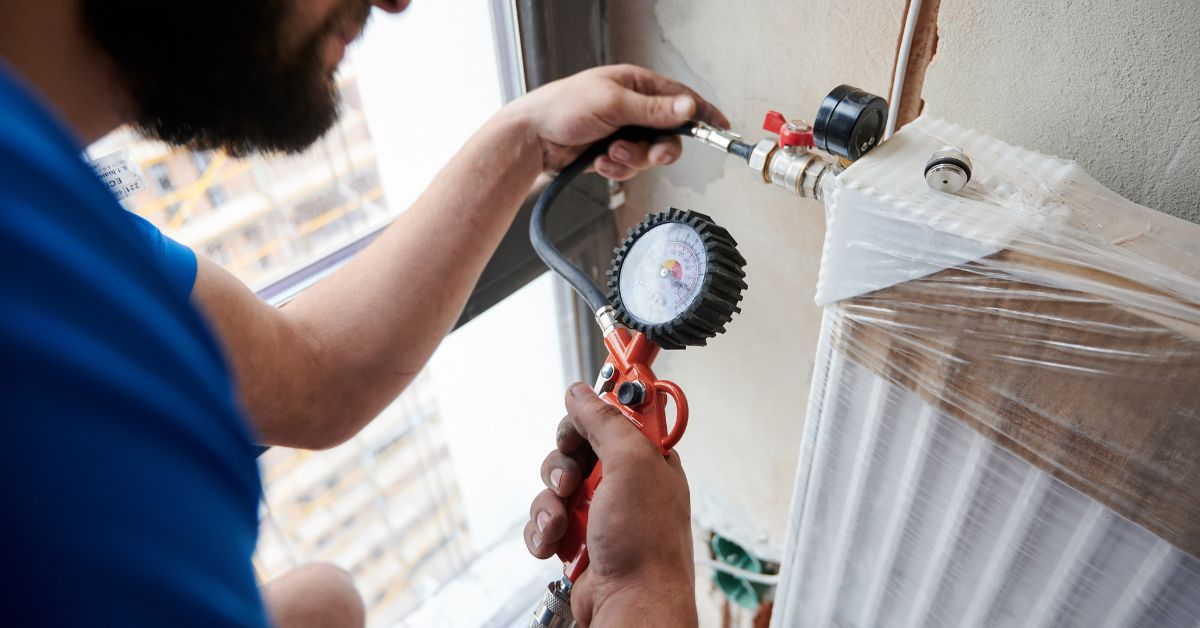Common Dangerous Gases That Are Found in Homes

Our homes serve as a sanctuary in our everyday lives, providing us with a sense of safety and comfort. Yet, unbeknownst to many, they can also harbor unseen dangers in the form of gases that are harmful to our health. These invisible threats can silently infiltrate our living spaces, causing everything from mild health irritations to severe, life-threatening conditions. Delve into several common dangerous gases found in homes, their sources, and ways to safeguard your home and loved ones against these hidden hazards.
Carbon Monoxide
Carbon monoxide (CO) is often referred to as the “silent killer” because it is colorless, odorless, and tasteless. It is produced when fossil fuels such as gas, oil, coal, or wood don’t burn completely. Sources of CO in homes include poorly maintained or improperly vented fuel-burning appliances like furnaces, stoves, water heaters, and fireplaces. When inhaled, CO displaces oxygen in the blood, depriving vital organs like the brain and heart of oxygen. This can lead to symptoms like headaches, dizziness, weakness, nausea, vomiting, chest pain, and confusion. High levels of CO exposure can be fatal. To prevent CO poisoning, it’s crucial to install carbon monoxide detectors in your home and regularly maintain all fuel-burning appliances.
Radon Gas
Radon is a radioactive gas that naturally occurs in soil and rock and can seep into homes through cracks and holes in the foundation. It is also colorless, odorless, and tasteless, which makes it hard to detect without specialized equipment. The effects of radon are less widely known, so people may have more questions about this gas. Prolonged exposure to radon can lead to lung cancer; in fact, it is the second leading cause of lung cancer after smoking. To protect your family from this hidden danger, consider testing your home for radon with a simple and inexpensive radon test kit available at most home improvement stores. If the radon level in your home is high, professional radon reduction services can help reduce it to a safer level.
Natural Gas Leaks
Natural gas is a common energy source used for heating, cooking, and electricity generation in many homes. While it is generally safe when contained, leaks can pose serious risks. Natural gas is highly flammable and can cause fires or explosions if ignited by a spark. Additionally, natural gas displaces oxygen, and high concentrations can cause asphyxiation. Although natural gas is odorless, utility companies add a chemical called mercaptan to give it a distinctive rotten egg smell for easy detection of leaks. If you ever smell this in your home, it’s crucial to evacuate immediately and call your gas company or a professional plumber to attend to the issue.
Volatile Organic Compounds (VOCs)
Volatile organic compounds (VOCs) are gases emitted from certain solids or liquids, including many household products. Paints, varnishes, cleaning supplies, cosmetics, and even printers and copiers can release VOCs. These compounds can cause health issues such as eye, nose, and throat irritation, headaches, loss of coordination, and nausea. Some VOCs are even suspected or known to cause cancer in humans. To limit exposure to this dangerous gas found in homes, consider using low-VOC or VOC-free products, ensure proper ventilation when using these products, and follow all manufacturer instructions.





